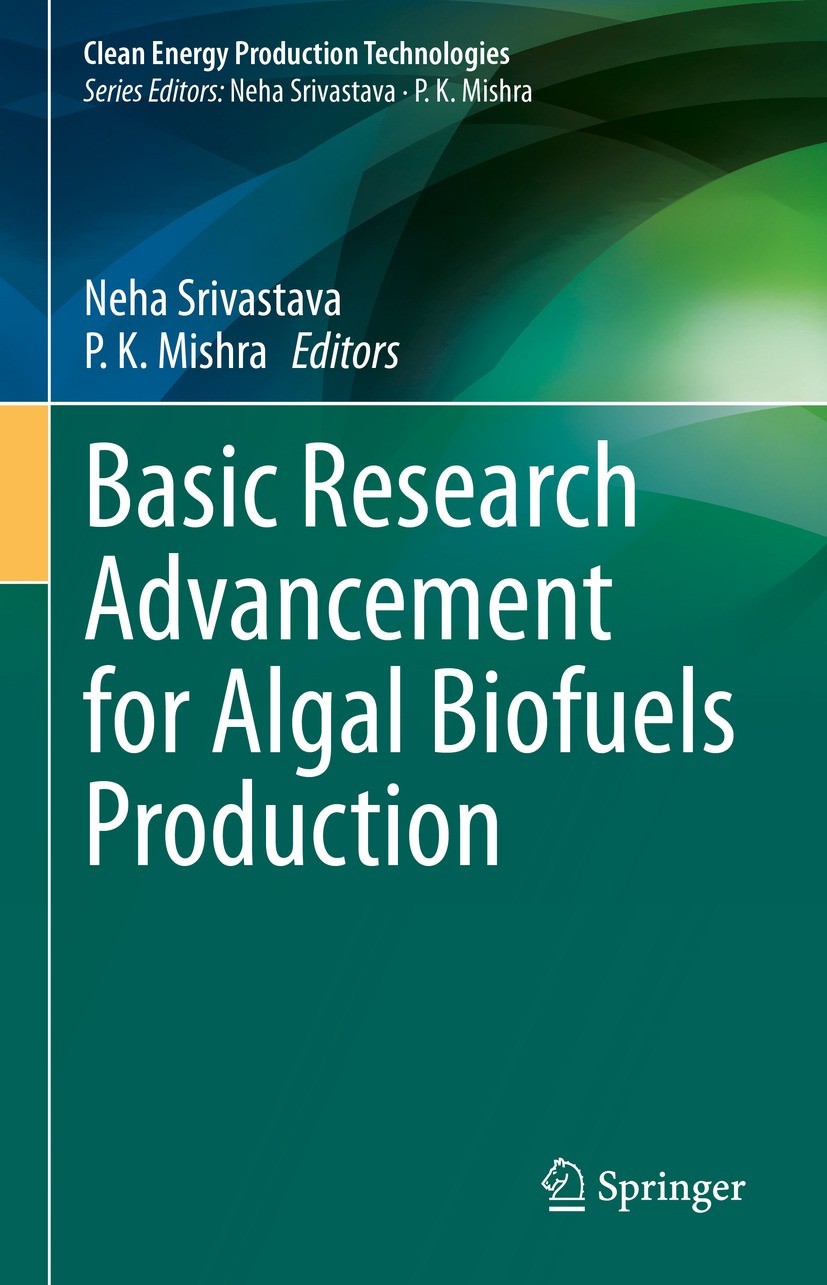| 期刊全称 | Basic Research Advancement for Algal Biofuels Production |
| 影响因子2023 | Neha Srivastava,P.K. Mishra |
| 视频video | http://file.papertrans.cn/182/181137/181137.mp4 |
| 发行地址 | Focuses on adoption of basic research in algal biofuels production.Presents critical analysis of algal biofuels production from primary basic research to advance industrial production.Covers the chall |
| 学科分类 | Clean Energy Production Technologies |
| 图书封面 |  |
| 影响因子 | The edited book presents sustainable adopting options in basic research for improving algal biofuels production. This book is probably first book on algal biofuels which is focused on improving the primary basic research to enhance mass scale technological production of algal biofuels. The book explores significance of basic bench top research to increase pilot scale production of algal biofuels. The books also targeting the most sustainable and economical algal biofuels option with in depth details. Further, it highlights the existing roadblock, their analysis and eco-friendly solution to control them in most greenery way. This book is highly useful for academician, researchers and industries professionals and of high interest for students of bioenergy, sustainable practices and renewable energy. |
| Pindex | Book 2023 |
 |Archiver|手机版|小黑屋|
派博传思国际
( 京公网安备110108008328)
GMT+8, 2025-11-13 01:45
|Archiver|手机版|小黑屋|
派博传思国际
( 京公网安备110108008328)
GMT+8, 2025-11-13 01:45


